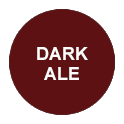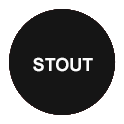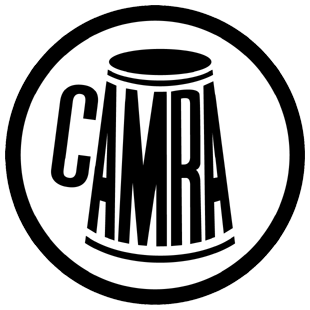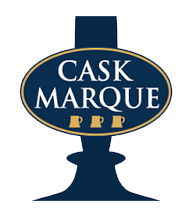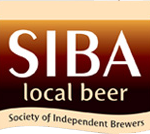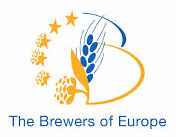The craft beer market is comprised of hundreds of documented beer varieties and a handful of organisations with their own unique classifications, but beers primarily fall into one of three types: bottom fermentation beers (lagers); top fermentation beers (ales); and spontaneous or wild fermentation beers.
Within each of these categories there are many sub-groups but the main styles available today are dark ales; pale ales; stouts; wheat beers; strong ales; lagers; sour beers; and non-alcoholic beers.
DARK ALE
CATEGORIES: Brown Ale, Mild ABV: 2% to 6% SERVE TEMPERATURE: 12°C TASTING NOTES: Nutty, caramel, roasted, some sweetness
Much of the flavour of Dark Ales (which include Brown and Mild Ales) comes from the malt used in the fermentation, which creates a nutty, caramel and sometimes roasted flavour. Hops are less pronounced, except in American versions which tend to be more bitter.
What sets Brown Ale apart from other British beers? It’s not clear-cut, but Brown Ales are more likely to be served from a bottle than on draught - as with Newcastle Brown Ale, the most famous example.
Brown Ales have been brewed for centuries, but modern versions go back to London at the start of the 20th century, when the sweet style (more common in the south) began.
Newcastle Brown Ale was brewed for the first time in 1928 and its Sunderland rival, Double Maxim, in 1938.
Newcastle actually only represents one tradition - that of the north-east, where Brown Ales are medium-strong (between 4 and 5% ABV) and have a nutty, moderately bitter, caramel-infused character.
You can also find weaker, sweeter Brown Ales (with chocolatey and roast characteristics) such as Mann’s Brown Ale (2.8% ABV).
Brown Ale made the leap across the Atlantic early during the United States’ craft beer revolution, perhaps due to the popularity of Sam Smiths’ Nut Brown Ale.
Mild is a beer sometimes associated with Brown Ale although it has an entirely separate history. Its meaning has changed over the years, but it’s now generally a dark, low-ABV Ale, often with a roasted and chocolate character. Until the 1960s it was Britain’s preferred beer, but it now exists only in a few strongholds, such as parts of the west Midlands.

